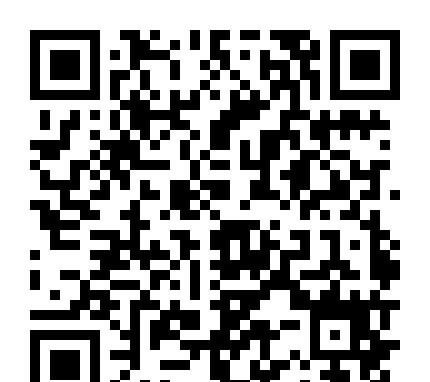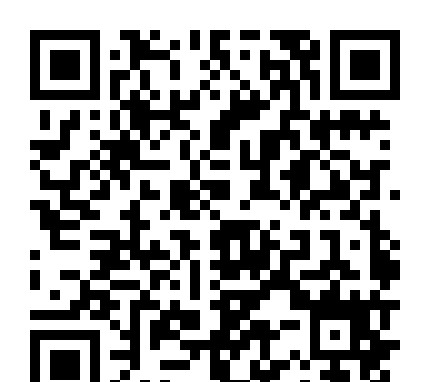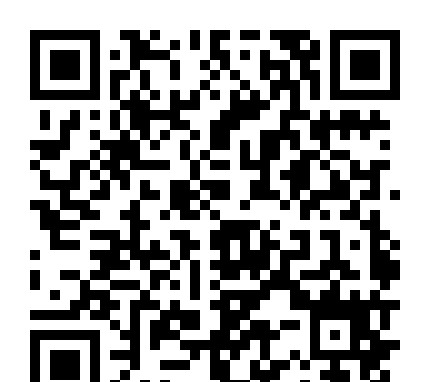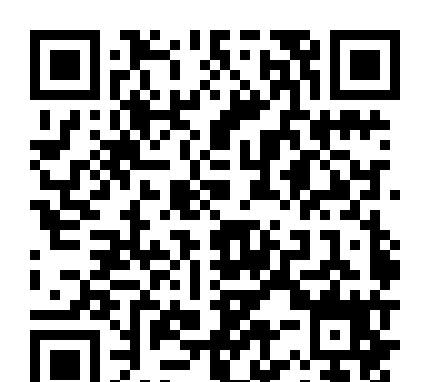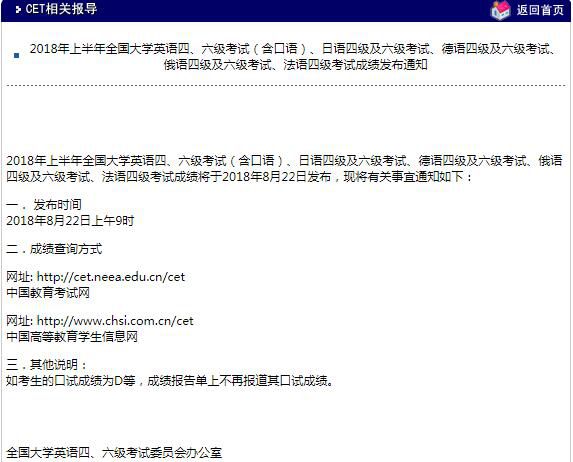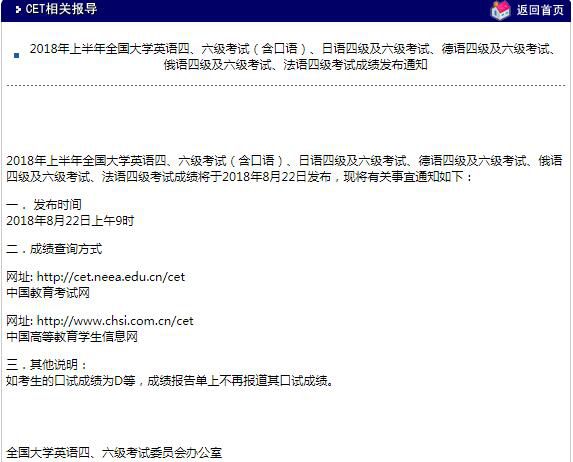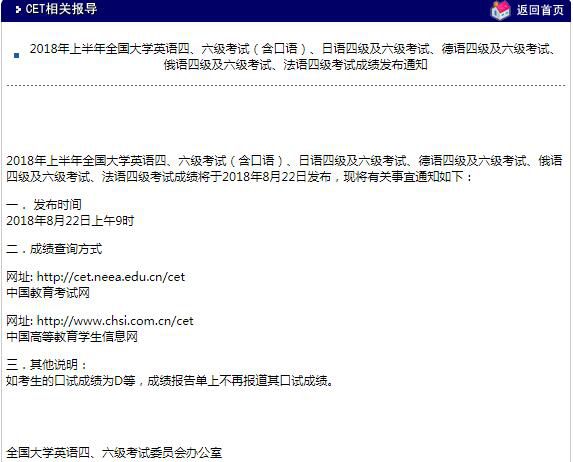Bus and train fares will remain low
|
Beijing commuters who use public transportation will continue to enjoy low fares on trains and buses this year, according to an official at Beijing's annual legislative session. The city plans to hike its annual subsidies to public transportation to about 10 billion yuan ($1.5 billion) this year, the official said. The subsidies have been growing from 5 billion yuan in 2007 to 8 billion yuan in 2008 along with the expansion of the citywide subway network, which now carries 3.8 million commuters, or one-third of the total per day, government figures show. The current low-priced tickets for buses and subway were implemented months before the Olympics. Passengers can use the entire 200 km Beijing metro for just 2 yuan a ride. The 22,000 buses in Beijing also cost as low as 0.4 yuan for adults. Beijing hopes that the attractive prices would discourage people from using cars. The local development and reform commission said on Tuesday the city has no plans to raise the low prices for the next few years. At a news conference Wednesday, Wang Haiping, deputy head of the commission, said the city plans to implement the ticking system that would charge passengers based on the distance traveled, but declined to give a specific timetable for it. Although the city may raise parking fees along Beijing's busiest roads by about three times later this year, it has no immediate plans to copy London's model of charging congestion fees in downtown areas to reduce traffic jams, the commission said. Instead, it will expand public transportation in the central zone to realize smooth commuting, officials said. London, with a similar number of vehicles as Beijing, charges drivers 8 pounds ($12) to go through its downtown. Speaking of the controversial car ban implemented after the Olympics, environmental officials said the ban has cut traffic flow but still needs to be refined. The car-ban program asks car owners to stop driving their cars for one day each week based on the last digit of their license plate. Motorists rotate their no-car day once a month during the 6-month-long trial session of the ban running until April 10. The ban removed 800,000 cars from the roads each day, but Beijing's streets still got more crowded after 370,000 new cars hit the roads last year, bringing the total to 3.5 million. Legislators to the session have proposed to the legislature that the government should improve the rule by shortening the hours of the ban each day or change the specific areas of the ban. Questions: 1. Beijing is planning to increase the annual subsidy to public transportation by how much? 2. Why is the city keeping subway and bus fares low? 3. Which other international city has a similar number of cars? Answers: 1. To 10 billion yuan ($1.5 billion). 2. To encourage more people to use public transportation. 3. London. |

